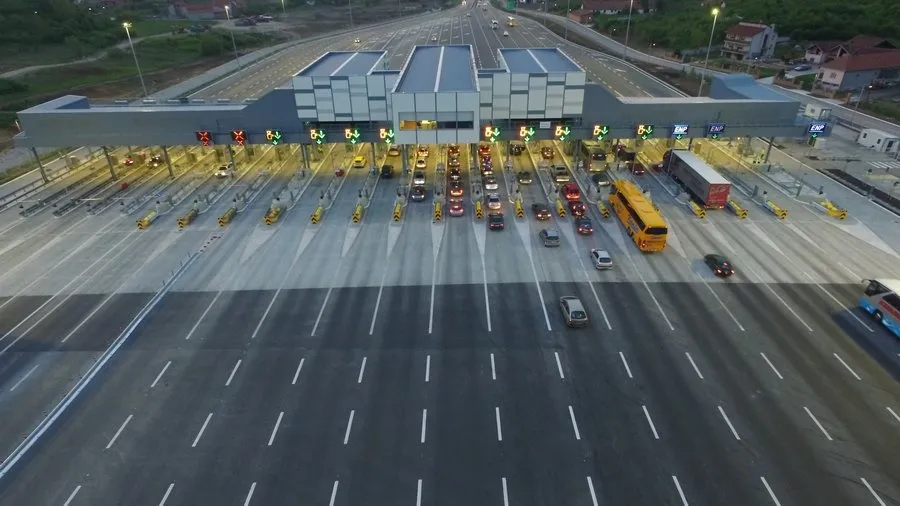Nearly 15 million vehicles a year using New Hampshire’s I-93 will enjoy faster travel times, better fuel economy and a safer roadway, following the opening of open road tolling (ORT) at the Hooksett toll plaza. Six traditional toll lanes were removed from the centre of the existing toll plaza to permit installation of an ORT system using Schneider Electric’s SmartMobility tolling solution and remote operations and maintenance system (ROMS).
July 31, 2013
Read time: 2 mins
Nearly 15 million vehicles a year using New Hampshire’s I-93 will enjoy faster travel times, better fuel economy and a safer roadway, following the opening of open road tolling (ORT) at the Hooksett toll plaza.
Six traditional toll lanes were removed from the centre of the existing toll plaza to permit installation of an ORT system using729 Schneider Electric’s SmartMobility tolling solution and remote operations and maintenance system (ROMS).
The system allows travellers to drive through the tolling facility at highway speeds, saving on fuel costs and travel time by eliminating the need to slow down to deposit a toll.
Schneider Electric’s SmartMobility Tolling Solution integrates E-ZPass toll tag readers and gantry tolling equipment, including high-resolution digital cameras and LED strobes, to support both highway-speed toll collections and violation enforcement. Roadway loops provide vehicle detection and classification, as well as triggers for the capture of licence plate images on untagged vehicles. The ROMS allows toll operators to monitor all toll system operations and system status in real time, as well as supporting system audit functions and providing a platform to manage system maintenance activities, ensuring the reliability and accuracy of toll collection operations.
Six traditional toll lanes were removed from the centre of the existing toll plaza to permit installation of an ORT system using
The system allows travellers to drive through the tolling facility at highway speeds, saving on fuel costs and travel time by eliminating the need to slow down to deposit a toll.
Schneider Electric’s SmartMobility Tolling Solution integrates E-ZPass toll tag readers and gantry tolling equipment, including high-resolution digital cameras and LED strobes, to support both highway-speed toll collections and violation enforcement. Roadway loops provide vehicle detection and classification, as well as triggers for the capture of licence plate images on untagged vehicles. The ROMS allows toll operators to monitor all toll system operations and system status in real time, as well as supporting system audit functions and providing a platform to manage system maintenance activities, ensuring the reliability and accuracy of toll collection operations.









